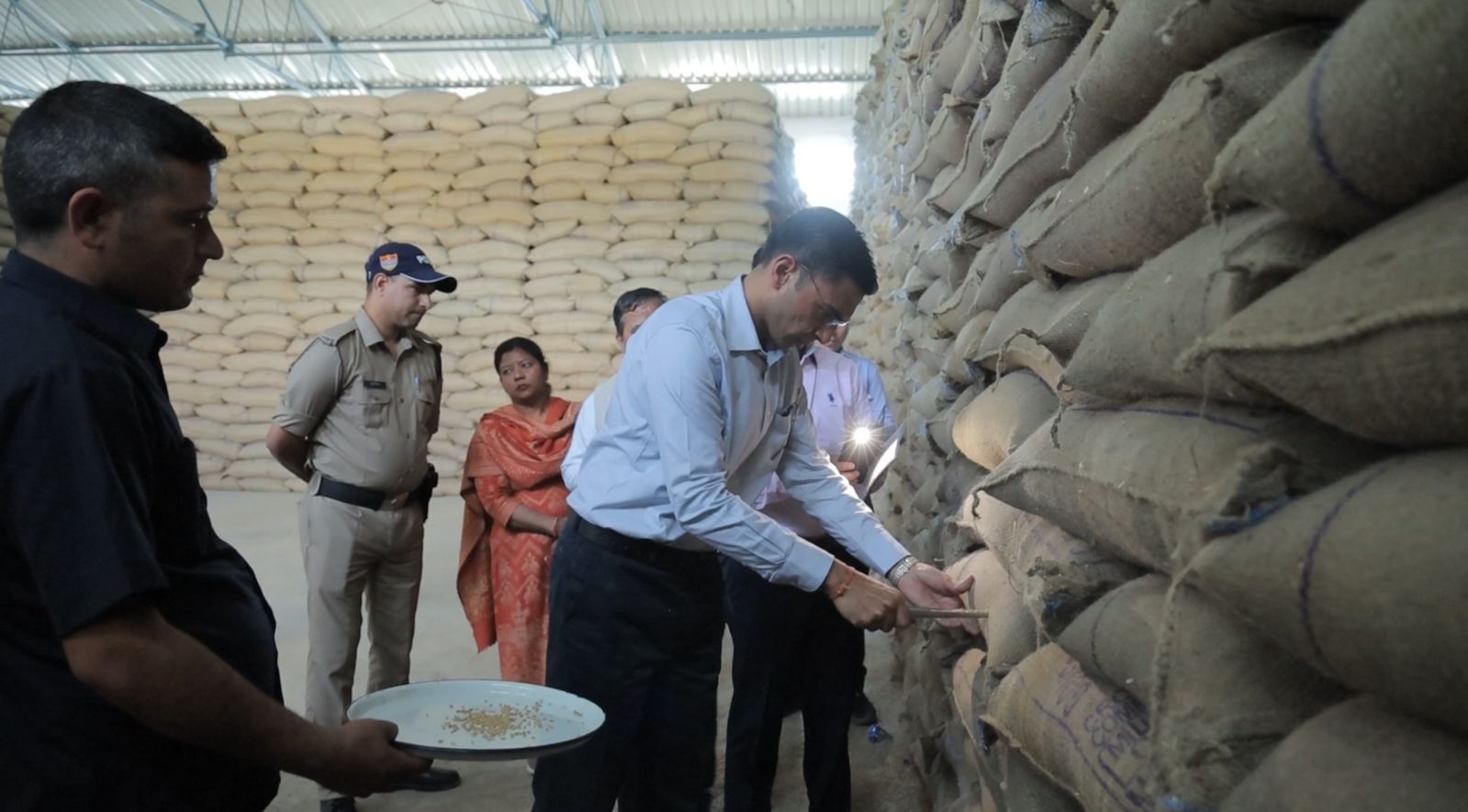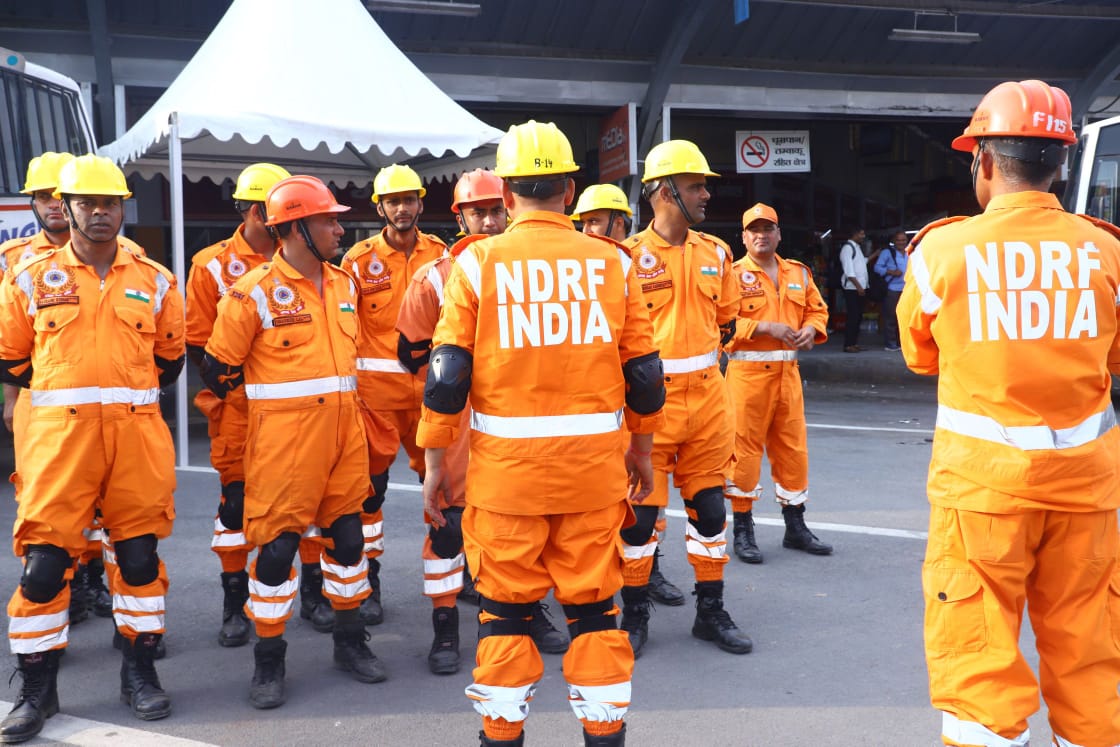Dehradun: Chief Minister Pushkar Singh Dhami has directed officials to prepare a comprehensive water supply action plan keeping in mind the requirements of the next 30 years. Chairing a high-level meeting on drinking water and water resources at the Secretariat on Thursday, the CM emphasized long-term planning, rainwater conservation, and groundwater recharge.
He stated that public participation should be encouraged for the revival of rivers, water streams, and traditional water sources. Suggestions from experts and stakeholders working in the water sector must be incorporated into future strategies.
The CM instructed the formulation of separate, concrete plans for drinking water, water storage, and conservation—both for the next 10 years and the next 30 years. “Efforts should be made to ensure that the water of the Ganga remains potable up to the state’s final border,” he said, stressing the need for Sewage Treatment Plant (STP) work on Ganga’s tributaries and community involvement in its cleanliness.
To ensure consistent water supply under the Jal Jeevan Mission, Dhami called for the revival of old water sources and the identification of new ones, especially to tackle summer water shortages. He also directed that water tanks and tankers be cleaned regularly, and that drinking water quality be tested periodically. Public awareness should be raised on the use of natural water sources when quality standards are met.
The Chief Minister instructed the establishment of district-level control rooms and toll-free helplines for public complaints, with regular monitoring by departments. He also called for coordination among departments to address issues arising from road digging during the installation of new water pipelines.
CM Dhami asked for a list of personnel stationed at the same location for over five years and directed the Chief Secretary to review and utilize unused departmental assets. Highlighting Uttarakhand’s Silver Jubilee year, he said the state holds vast potential for innovation and that schemes developed here should serve as models for other states. He noted that the Ministry of Jal Shakti has praised the state’s work under the SARA initiative.
During the meeting, officials shared updates on several key initiatives:
Focus on Jal Sakhi, water reuse, and drinking water management by involving self-help groups for billing, maintenance, and local scheme management.
Reuse of STP-treated water for gardening, irrigation, industrial use, nurseries, car washes, and agriculture.
Collaboration with IRI Roorkee and the National Hydrological Institute to assess the flow and discharge of rain-fed rivers.
Under the Uttarakhand Climate Friendly Rainfed Agriculture Project, plantation on barren farmland will help make mountain agriculture profitable and reduce greenhouse gas emissions, with farmers also benefiting from carbon credit initiatives.
Present at the meeting were Uttarakhand Infrastructure Monitoring Council Vice President Vishwas Dabur, Chief Secretary Anand Bardhan, Principal Secretary R.K. Sudhanshu, R. Meenakshi Sundaram, Secretary Shailesh Bagoli, Ranveer Singh Chauhan, Special Secretary Parag Madhukar Dhakate, Project Director Jalgam Neena Grewal, Additional Secretary Himanshu Khurana, and other senior officials.



